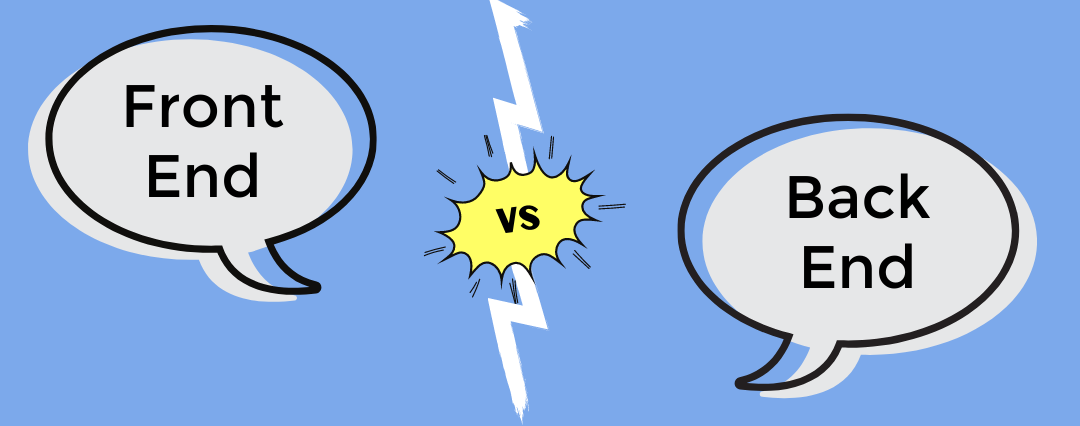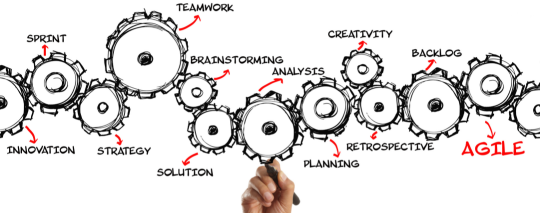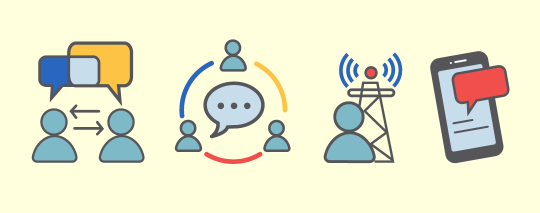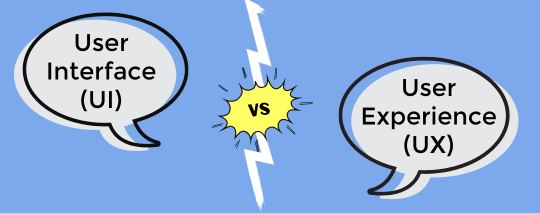Two terms that are commonly used by web and software developers are “front end” and “back end.” If you’re new to the industry, you may be confused when your development team says they’re updating the front end or coding changes on the back end. These terms are tossed around fairly often, but what do they actually mean?
Similar to UX and UI, the front and back end of a digital product, whether it be a website, app, or software system, need to communicate to operate effectively and improve the overall functionality of the product. They are both designed using specific languages and frameworks, but what exactly are the “ends”?
The front end is what the user sees
The front end of a product is also referred to as the “client side” because it is the part that the user directly experiences. This includes elements like navigation menus, text colors and styles, tables, buttons, and images. Front-end developers focus on performance and responsiveness. How well a user or site visitor responds to, navigates, and interacts with the elements determines the success of the front end. Ensuring a product is responsive, meaning it appears and behaves correctly on devices of all sizes, is also important as many people now use mobile devices to access websites and apps.
There are three types of scripting languages that front-end developers use to create the structure, design, behavior, and content of their products:
- HTML: Short for HyperText Markup Language, HTML is a set of markup symbols or codes that is inserted into a file and used by browsers to render pages on the internet. The markup tells browsers how to display a digital product’s words and images, while hypertext allows a user to click a link and be redirected to a new page. Basically, it provides the structure.
- CSS: CSS stands for Cascading Style Sheets, which allow the developer to apply styles, such as fonts, colors, and layouts, to pages and adapt the presentation to different types of devices. It is used to simplify the process of making digital pages presentable. CSS can be used with any XML-based markup language – not just HTML.
- JavaScript: JavaScript is used to create the interactive elements that make products fun for a user. Developers use it to enhance functionality by creating dynamic content, controlling multimedia, and animating images (all the cool stuff). Interesting fact: JavaScript is also used when developing the back end.
The back end is behind-the-scenes
Often referred to as the “server side,” the back end of a product is the part users can’t see or directly interact with. Data is stored and arranged in the back end to ensure the front end functions properly. Simply put, it runs the show. Data storage centers, or databases, are run through remote servers, which are managed by back-end developers, along with all content.
These developers are responsible for making digital products and sites work and integrate. They write code, address server-side logic and integration, monitor how products work, troubleshoot, and debug to improve behind-the-scenes functionality. There are several advanced scripting languages used by back-end developers, including:
- Java: Java is one of the most popular programming languages. It is highly scalable and often used to create applications for computers and large business applications, such as Android™.
- PHP: PHP is a general-purpose, server-side language that can be used to create dynamic web page content and images.
- Python: Python is a general-purpose coding language that can be used for various types of software development – not only for the web.
If you’re interested in learning more about front-end and back-end rendering, what both developers do, as well as other types of development, check out this blog post by Puralsight.





